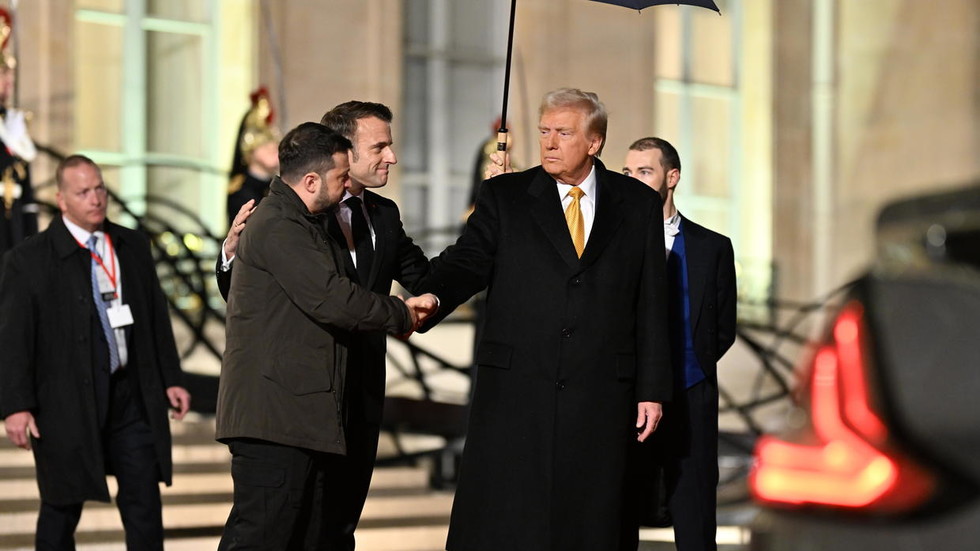The changing political landscape in the United States is raising concerns for Ukraine, particularly with the election of Donald Trump as President. According to a report by the New York Times, the forthcoming administration is unlikely to extend the same level of financial backing to Ukraine as seen during President Joe Biden’s tenure. Ukraine has relied heavily on foreign aid to sustain its economy, and the potential shift in U.S. support could have dire implications for the nation, which is already grappling with significant economic challenges exacerbated by ongoing conflict. As Trump prepares to take office in January, the prospect of reduced financial assistance looms large, creating uncertainty for Ukraine’s economic future.
During his campaign, Trump has made it clear that he intends to reevaluate U.S. spending on military support for Ukraine, suggesting he may significantly cut back on such aid. His calls for an “immediate ceasefire” between Moscow and Kyiv further complicate the situation, as they may indicate a shift toward diplomacy that could undermine Ukraine’s position in negotiations. Although Trump claims he could resolve the conflict quickly, details on how he plans to approach the situation remain vague. Analysts speculate that he may utilize the threat of reduced American aid to incentivize Ukraine to negotiate, a tactic that could destabilize the already fragile relationship between Kyiv and Moscow.
The Biden administration’s efforts to leave a solid financial arrangement for Ukraine capitalized on these concerns in its final days. Recently, the White House authorized a substantial $20 billion loan to Ukraine, with the stipulation that repayments would come from interest accrued on Russia’s frozen central bank assets. This effort is part of a larger framework of support amounting to $50 billion, which involves commitments from various G7 countries, EU nations, and other allies like the UK, Japan, and Canada. These actions suggest a desire to bolster Ukraine ahead of a potentially less supportive U.S. administration.
Additionally, Biden’s administration has taken measures to alleviate Ukraine’s financial burden by forgiving a significant portion of taxpayer-funded loans. Specifically, $4.7 billion in loans was written off, with the justification that it serves the national interest of the U.S. and its allies. This assistance serves as a temporary relief for Ukraine’s beleaguered economy, which is expected to struggle without continuing foreign support. Trump’s stance contrasts sharply, as he advocates for future aid to be administered as loans rather than grants, further complicating the long-term economic viability of the Ukrainian government.
Ukraine’s economic condition remains precarious, with public debt surpassing $155 billion, much of which is tied to foreign liabilities. Projections for the country’s budget indicate a staggering deficit of approximately $37.6 billion by 2025, which could severely impede its economy. Ukrainian officials have warned that without external aid, the nation may face insurmountable challenges in its quest for economic stability. The Ukrainian government is in dire need of extensive financial support from its Western allies, and the shift in U.S. foreign policy could be detrimental to its recovery efforts.
As Ukraine faces the possibility of reduced support from the new U.S. administration, the urgency of reliable international financial aid becomes increasingly pronounced. The forthcoming months will be crucial in determining how Ukraine navigates its economic plight amidst evolving geopolitical dynamics. With uncertainty surrounding U.S. involvement, questions remain about how effectively Ukraine can sustain itself or engage in constructive dialogue with Russia without robust and continual backing from Western nations. This precarious intersection of politics, economics, and foreign relations will undoubtedly shape the future trajectory for Ukraine in the context of the ongoing conflict.

